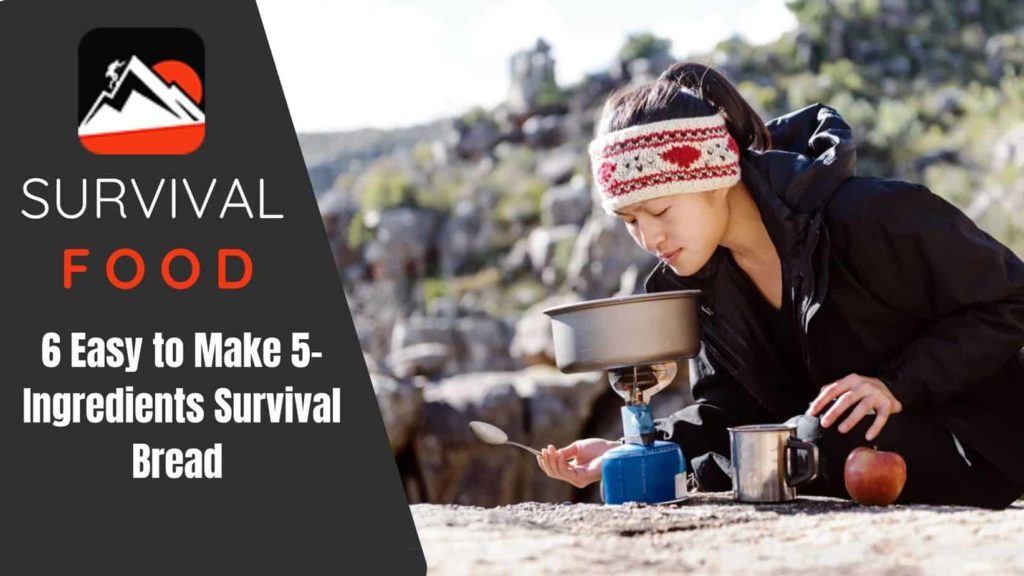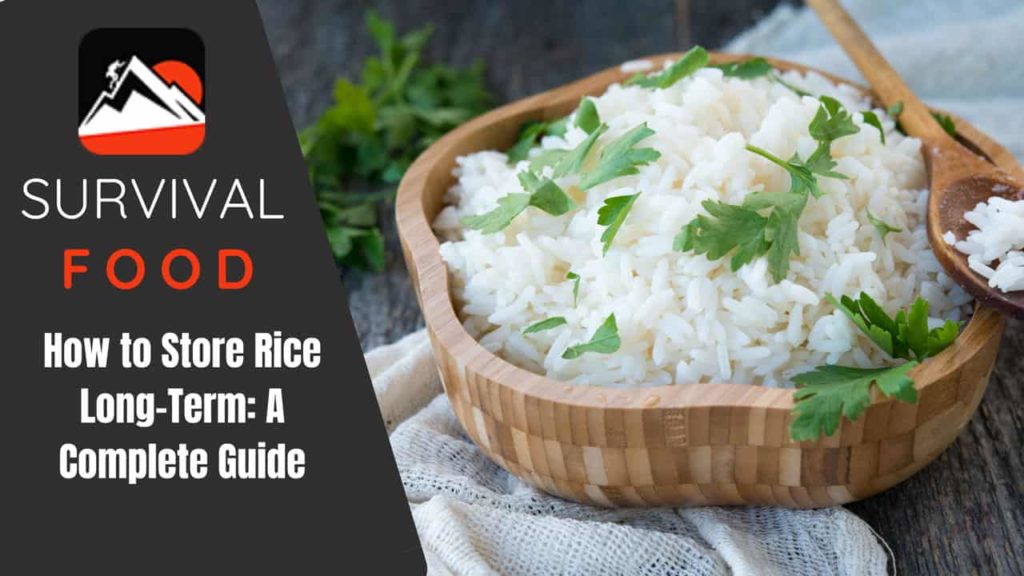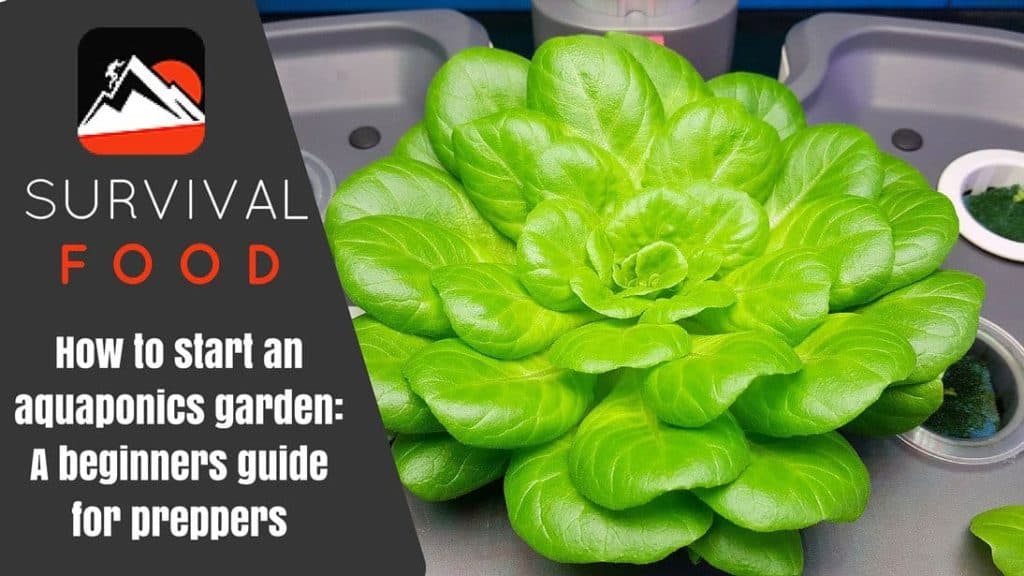Contents
Dehydrated and freeze dried foods fall under the banner of dried foods, but are not the same. There are key differences between the two and knowing these differences can be helpful when you decide how to store and preserve food for your family. Moisture is the biggest enemy of long-term food preservation. Ancient civilizations developed the early systems for dehydrating foods that are still in use today.
In fact, dehydration has been around since 12,000 B.C when Middle Eastern people and Romans would smoke the food inside “still houses.” In comparison, freeze dried products are relatively modern – long before the NBA and NFL was helping the Lakers and Patriots win rings, respectively. They were first used during World War II to preserve blood plasma and medicine. Eventually, it came to be used for food.
This post is for you if you are a survivalist and want to know the better choice between freeze dried and dehydrated foods.
Key Differences Between Freeze Dried vs. Dehydrated Food
Freeze drying involves large freezers that carry out freezing, primary drying, and secondary drying. Dehydrating food involves removing moisture by using vents, fans, and heating elements.
- Freeze-drying removes 99% moisture whereas dehydration removes 90 – 95% moisture.
- Freeze dried food retains flavor and is better tasting, while dehydrated food doesn’t keep its natural taste
- Freeze-dried food can retain up to 97% nutrition. Dehydrated food loses 40% nutrition.
- Freeze dried foods retain their original texture and appearance. Dehydrated food is prone to a leathery texture.
- Freeze dried food can stay safe to eat for up to 25 years. Dehydrated food usually lasts for 5 years.
- Dehydrated foods are the cheaper alternative.
Freeze-Drying Process
Freeze dryers remove moisture from the food by first freezing it and them vacuum drying it. This extensive process removes almost 98% moisture from the food. At the same time, it helps in preserving the nutritional flavor and value. Freeze dried fruits, vegetables, and other foods have a longer shelf life as compared to dehydrated foods. They also retain their original texture and shape.
Benefits of freeze drying
Freeze drying food is a popular choice among backpackers, preppers, and survivalists for several reasons. The biggest benefit is the longer shelf life, which makes freeze dry food an excellent choice for emergency food kits. These are a few other benefits:
- Easy to store
- Lightweight
- Retains nutritional value and taste
- Quick and easy to prepare
Cons of freeze dried food
Freeze drying has a few disadvantages too:
- Freeze dryer can be costly making the product expensive
- Freeze dried foods take up the exact same space as fresh food
Food Dehydration Process
The dehydration process involves removing water content from food using a heat element. Dehydrated products are heated to remove their moisture. There is no freezing involved in food dehydration.
Benefits of dehydrated foods
Dehydrated apple slices, strawberries, and other fruits have been in use for decades. They are a long-term food storage solution, with the following benefits:
- Longer shelf life than fresh foods
- Lightweight and easy to store
- Retains flavor and nutritional value
Cons of dehydrating food
- High calorie levels
- High sugar levels, especially in fruits
- Can spoil easily if not stored correctly
Freeze Drying vs. Dehydrating
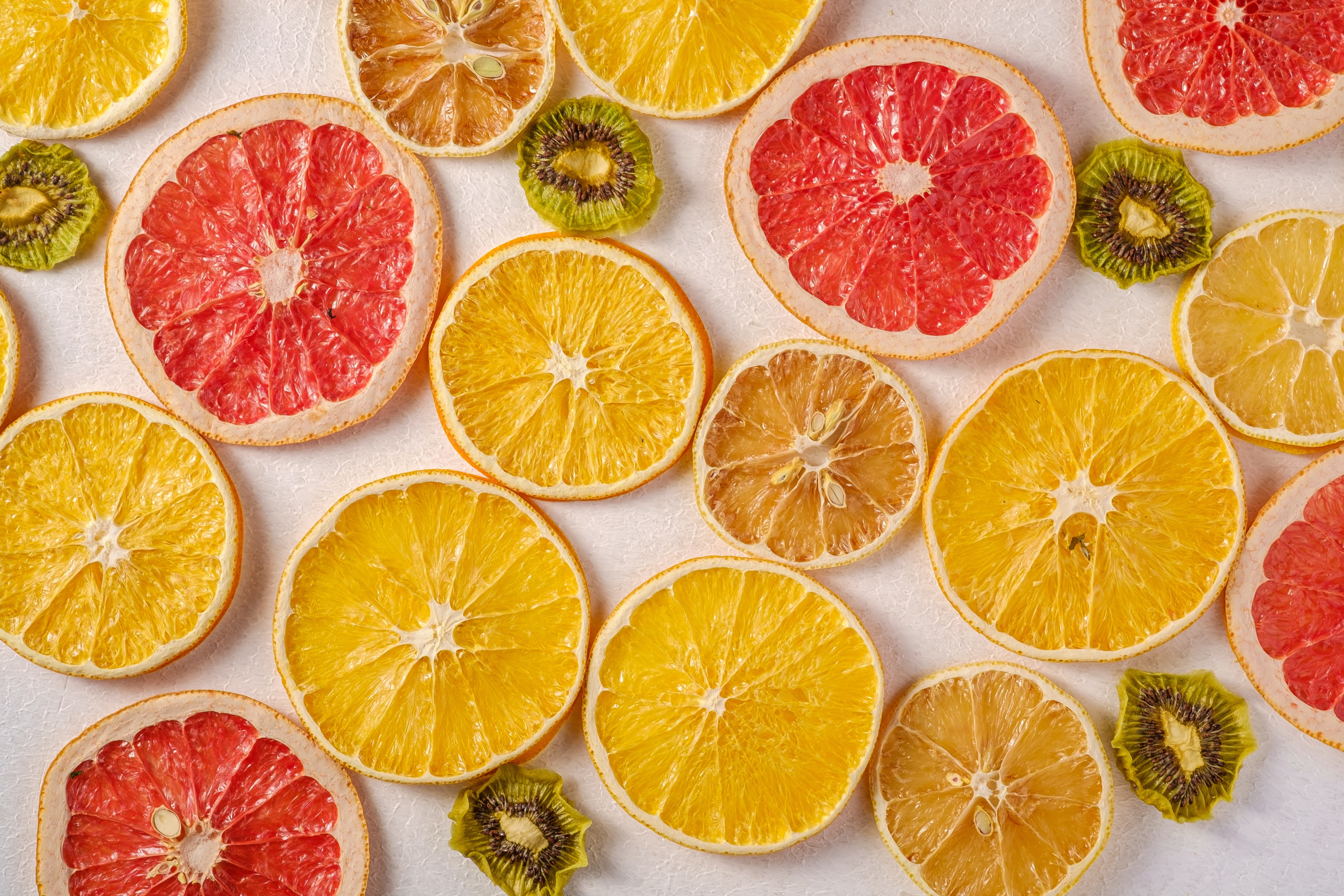
Nutritional value
Freeze dried food retains up to 97% of its nutritional value. Based on this, you need to store it properly in a cool, dark place. Freeze dried food needs to be stored in airtight pouches, free of oxygen or it will quickly lose nutrients. Only about 60% original nutritional content is retained in dehydrated food. To dehydrate food, both heat and air is required. The type of heat used while preserving foods determines the nutritional value. Loss of nutritional value may vary since different foods need different temperatures.
Moisture removal
Both freeze drying and dehydrating involve the removal of moisture from the food. However, freeze dryers do a better job of removing water content as compared to a food dehydrator. For instance, freeze dried strawberries have 20% less water as compared to dehydrated strawberries. This allows freeze dried foods to be stored for longer periods. Dehydration removes 10 – 20% less moisture as compared to freeze drying, which makes the shelf life shorter. While fresh produce is best for short hikes, you need food with a longer shelf life if storing for an emergency.
Pro tip: We have curated a list of the best foods to store in an emergency prepper kit for an earthquake.
Rehydration
You can rehydrate freeze-dried food in just 5 minutes in cold water. In contrast, dehydrated foods require boiling water to repurpose. It can take as long as 20 minutes to rehydrate dehydrated vegetables. You don’t really need to rehydrate freeze dried or dehydrated food. Dried fruit, whether dehydrated or freeze dried can be quicky added to make any meal or had as a snack. In an emergency, it is always better to pack freeze-dried food since these can be added to cold or warm water.
Food shape and texture
Freeze dried foods can retain their texture. This is not the case with dehydrated foods. They become wrinkled and shrunken looking. In fact, dehydrated fruits are usually hard and brittle, like fruit leather. This is mostly because of the hot air used for removing moisture. In contrast, freeze-dried food has an airy texture with a light and crispy feel.
Stemming from this, this also means that freeze-dried food will turn to powder and fall apart if moved a lot or shaken around. Dehydrated foods tend to hold their shape. Dehydrated carrots and bananas have been known to make a distinct plinking sound when dropped on the counter or a glass jar.
Shelf-life
Freeze dried foods have a long shelf life of 25 – 30 years. However, you may not get this if you DIY freeze-dry your own food. This is even if you use one of the newer machines, such as the Harvest Right freeze dryer. Dehydrated foods can have a shelf life of 5 – 15 years depending on the type of food and packaging.
While dehydrated foods lose a substantial amount of moisture, the process doesn’t remove all of it. This makes the shelf life shorter as compared to freeze-dried food. You can extend the shelf life of both freeze-dried and dehydrated food by storing them correctly.
Food flavor
Dried meals always have a different flavor than fresh produce. That said, freeze-dried foods tend to maintain a very similar flavor to fresh meals. Dehydrated foods lose a lot of flavor and taste in the heating process. The biggest difference is in the process of drying foods. Freeze drying uses oxygen absorbers and vacuum chamber techniques while dehydration is a more mechanized form of sun drying.
Home freeze dryer machines, such as Harvest Right freeze dryers cannot take the temperature super low. This affects the taste of the food. You won’t have this problem if you try freeze-dried soups, stews, chili, or meal packets from the store. In fact, Mountain House offers the best freeze dried scrambled eggs with bacon as part of its breakfast range.
Dehydration uses a constant flow of heat that is slowly raised to remove moisture from the food. This causes the food to lose its flavor and nutritional value.
Cost
Freeze dried meals are typically more expensive than dehydrated ones. However, you will find freeze-dried meals more readily in the stores as compared to dehydrated food because of other benefits. Prepackaged freeze-dried meals for camping, hiking, or emergency prepper kit can cost anywhere from $8-$10 for each meal. Dehydrated foods are great as shelf-stable snacks. You can add them as an accompaniment to your freeze-dried meals.
Convenience
If you are stockpiling for emergencies and natural disasters, you cannot do better than freeze-dried food. The best emergency food brands offer 15 – 25 years of shelf life. There are no brands that offer dehydrated foods with the same shelf life. And, you won’t do any better with your food processor and DIY freeze-drying or dehydrating machine.
If you don’t want an extended shelf life, you will find dehydrated food to be more convenient. They retain their shape, take up less space, and can be made at home.
Individual preference
You should try different types and brands of freeze dried foods and dehydrated foods to get an idea of your preference. For families, it is important you let your children get a taste of both types of food before stockpiling. After all, both dehydrated and freeze-dried food have different flavors, textures, tastes, and rehydration.
Your preferences should take into account what you plan on using the food for. You will find that dehydrated foods are usually available as individual items and not whole meals. Whereas, freeze-dried foods are found as individual ingredients and meals.
Different Types of Freeze-Dry and Dehydrated Foods
We wanted to give you a taste of how different freeze-drying and dehydrating is. We took 5 foods and dried them using freeze-drying and dehydration technique to compare the differences.
Apples
Dehydrated apple slices are usually on the leathery and crispy side. This is whether you dehydrate them at home or use the ones from grocery stores. These also turn quite thin once completely dehydrated. Freeze-dried apples retain their original shape and size. They are crispy with a Styrofoam texture.
They don’t appear appetizing. But, when you rehydrate them, you will be amazed at the similarity with fresh apple slices. You don’t want to rehydrate an apple slice that has been dehydrated. Both dehydrated and freeze-dried apples are delicious and keep well on the pantry shelf. A big difference is that your freeze-dried apples will store for about 24 years longer.
Bread
The next thing we tried was bread because you need something to dip into all that canned food when making a stockpile. While bread doesn’t hold its firm shape, it makes great croutons and breadcrumbs. Dehydrated bread is crumbly and doesn’t store for long. Freeze dried bread gets really crunchy and takes on the same texture as a cracker.
You can use dried bread items to lend texture to your soup or make something new in a skillet. Neither dehydrated or freeze-dried bread holds its shape or flavor when rehydrated.
Herbs
If you are picky about the flavor in your food, you need to have herbs on hand. Freeze-dried parsley retains its bright green color and flavor. Dehydrated parsley looks withered, is dull in color, and doesn’t have the same flavor. The best part about freeze-drying your herbs is that it retains its nutrition and texture. However, you need to store your freeze-dried herbs in an airtight container with oxygen absorber.
Smoothie
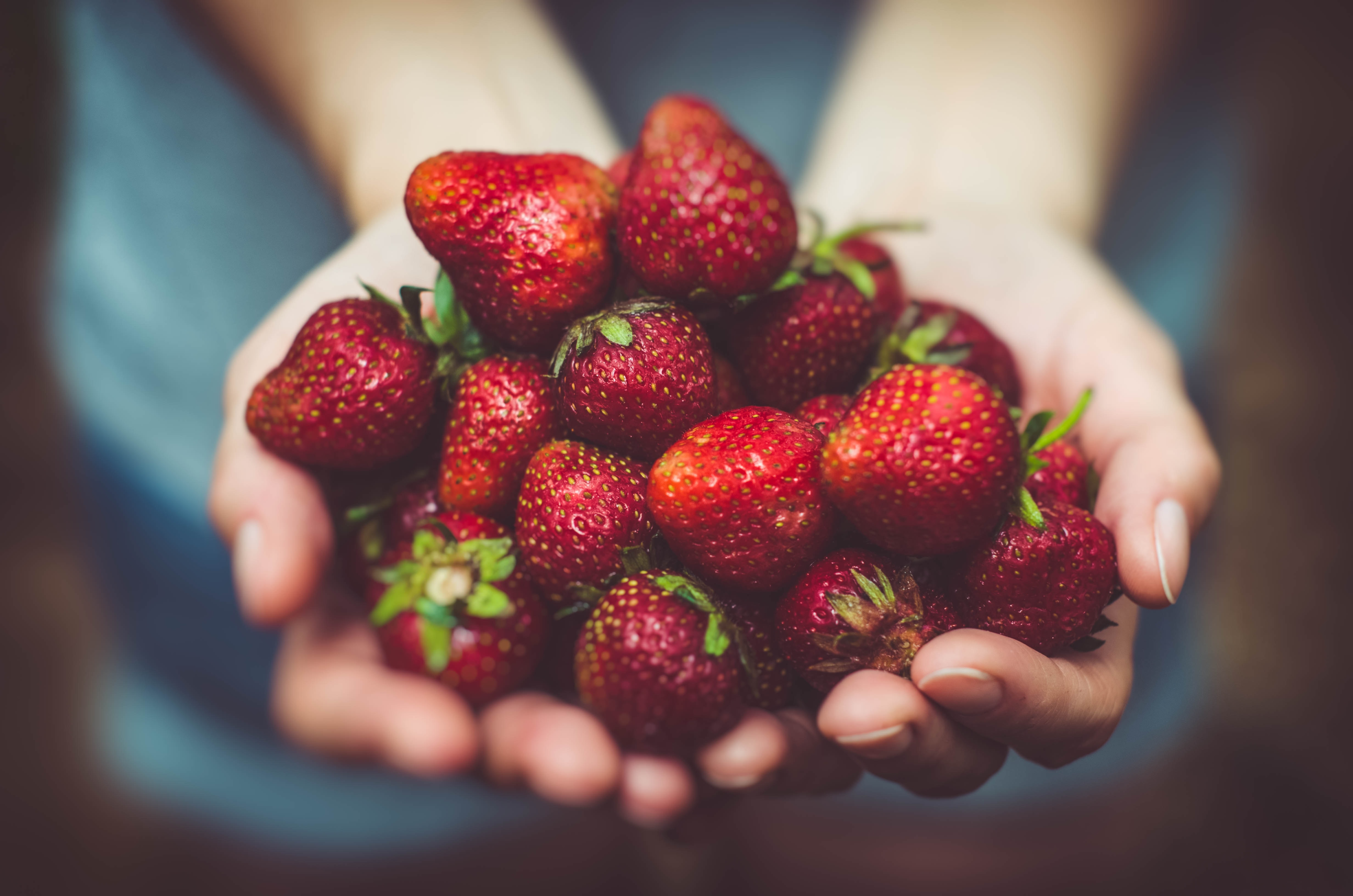
Smoothies have different results when freeze-dried or dehydrated. Dehydrated smoothie tends to turn into fruit leather. It has a chewy texture and is loved by kids. In relation to this, freeze-dried smoothie gets rehydrated back into a smoothie by adding cold water or milk. If you buy store-bought freeze-dried smoothie, it will most likely come in a crumbly powder form. You can have fresh smoothies for breakfast and get the necessary vitamins by adding freeze-dried smoothie packets to your survivalist stockpile.
Pro tip: Check out this video to learn how different foods stand up to freeze drying and dehydration process.
Shaved beef
Meat is another food with different outcomes when comparing dehydrated and freeze-dried versions. Dehydrated meat turns into jerky. High temperature used for dehydrating the meat actually cooks it and turns it into a leathery snack. In contrast, when you freeze-dry the meat, you have something completely raw.
You can rehydrate it back into the fresh, sliced piece of meat that you started with. The results are actually quite incredible. There are lots of other foods you can try. Moreover, if the purpose of your stockpile is to last an emergency or natural disaster, it’s best you use store-bought dried food that is vacuum sealed. You don’t want to find out during an emergency that the food your family was counting on is spoiled.
Choose Freeze Dried Food Over Dehydrated Food
The best argument for choosing freeze dry food is the sheer variety available. Almost any food or meal can be freeze dried for long term storage and food preservation. Fruits, vegetables, meats, desserts – you name it! The best part is that freeze-dried meals can be quickly rehydrated. In many cases, you only need to pour cold water.
You can store meat products, cottage cheese, and sour cream without refrigeration by freeze drying them. It’s the best way of preserving eggs and dairy. It can be very difficult to rehydrate these foods if you dehydrate them. Freeze drying techniques can be useful in your daily routine as well when you consider that 40% families throw away the food they purchase.
You can preserve leftovers, ripened fruits, and other items. You can use a home freeze dryer to eliminate these problems while saving time and money. Pertaining to this, make sure you don’t count on DIY freeze-dried foods to last you during an emergency. Freeze dried foods generally taste better, have a longer shelf life, and lower moisture content. They are preferred by most preppers over dehydrated meals for this reason. They also retain their original shape, texture, and color, which can be a big deal for picky eaters.
FAQs on Freeze Dried and Dehydrated Foods
Freeze dried vs. dehydrated foods – Which is more nutritious?
While both freeze dried and dehydrated food is nutritious, the former has more nutritional value as compared to the latter. This is owing to the difference in the preparation and drying method.
How to store dehydrated and freeze dried foods?
Store bought packets and containers need to be kept in cold, dark shelves. However, if you choose to DIY, it is important that you place freeze dried food in airtight containers. This is because freeze dried products absorb moisture from the air. This can spoil the food. Air tight containers are not necessary in dehydrated foods.
Where can I purchase dried food?
Freeze drying is a complex process involving advanced machines. Dehydration can usually be done at home. You can find most big brands in a sufficiently stocked grocery store. With that said, if you are looking for variety, use our partners at Rebelsurvivalgear.com for all your freeze dried food needs.
Are these recommended for kids?
Freeze dried and dehydrated food have nutritional value. While these meals can be good for kids, you should make sure they have these in moderation.
The Bottom Line
Both freeze-drying and dehydration techniques will leave you with shelf stable food at the end of the day. Purchasing one over the other usually comes down to cost, purpose, and personal preference. Freeze-drying is considered better than dehydrated food. It allows the food to retain most of its original appearance, flavor, and texture. Freeze dried food has a longer shelf life too.


